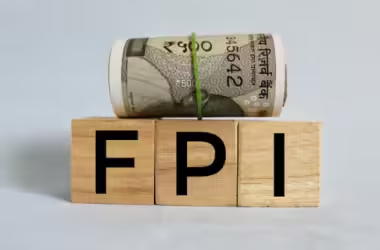India’s banking sector has played a vital role in the country’s economic growth over the years. It is an important part of the financial system that helps to mobilize savings and allocate them to productive activities. The Indian banking sector comprises of commercial banks, cooperative banks, regional rural banks, and development banks. Together, they provide financial services to individuals, businesses, and the government.
One of the main functions of the banking sector in India is to provide credit to individuals and businesses. This credit is necessary for funding various activities such as starting a new business, expanding an existing one, or buying a house. The availability of credit allows entrepreneurs to invest in new ventures and expand their operations, thereby creating jobs and contributing to the overall economic growth of the country.
In recent years, the Indian government has undertaken several initiatives to reform the banking sector and make it more efficient. The introduction of the Insolvency and Bankruptcy Code (IBC) in 2016 was a significant step in this direction. The IBC provided a time-bound and efficient process for resolving insolvency and bankruptcy cases, which helped to improve the confidence of investors and lenders in the banking sector.
Another important initiative by the government was the recapitalization of public sector banks (PSBs). In 2017, the government announced a plan to inject capital worth Rs. 2.11 lakh crore into PSBs over a period of two years. This helped to improve the financial health of these banks and enable them to provide credit to individuals and businesses.
The banking sector has also played a crucial role in the government’s efforts to promote financial inclusion in the country. The Pradhan Mantri Jan Dhan Yojana (PMJDY) launched in 2014 was aimed at providing banking services to the unbanked population of the country. Under this scheme, individuals could open a basic savings bank account with no minimum balance requirement, and they were also provided with a debit card and insurance cover. The scheme has been a tremendous success, with over 43 crore accounts being opened as of March 2021.
In addition to providing credit and promoting financial inclusion, the banking sector has also played a critical role in supporting the government’s efforts to promote digital payments in the country. The demonetization drive of 2016 was a significant step in this direction, as it aimed to reduce the circulation of black money and promote the use of digital payments. The banking sector played a crucial role in this initiative, as individuals and businesses had to deposit their old currency notes in banks and use digital payment methods for their transactions.
The banking sector in India is also evolving rapidly, with the adoption of new technologies such as mobile banking, internet banking, and digital wallets. These technologies have made banking services more accessible and convenient for individuals, particularly those living in remote areas. The adoption of these technologies has also helped to reduce the cost of banking services, making them more affordable for everyone.
However, the banking sector in India faces several challenges that need to be addressed to ensure its continued growth and stability. One of the main challenges is the problem of non-performing assets (NPAs) or bad loans. NPAs refer to loans that are not being repaid by borrowers, and they pose a significant risk to the financial health of banks. The government has taken several measures to address this issue, including the formation of a committee to look into the problem and the introduction of the Insolvency and Bankruptcy Code.
Another challenge faced by the banking sector is the issue of financial frauds and scams. In recent years, there have been several high-profile cases of fraud and corruption in the banking sector, which have eroded public trust in the sector. The government and the banking sector need to work together to address this issue and ensure that strict measures are in place to prevent fraud










